"Science for me is very close to art. Scientific discovery is an irrational act. It's an intuition which turns out to be reality at the end of it -- and I see no difference between a scientist developing a marvelous discovery and an artist making a painting." -Carlo Rubbia, famous and infamous Nobel Prize-winning physicist
Unless you've been living under a rock for the last few years, you're aware that the largest, most powerful physics experiment in the history of the world is currently going on at CERN: the Large Hadron Collider (LHC).
Colliding protons with other protons at nearly the speed of light, with huge detectors (CMS and ATLAS, above) surrounding the collision points, measuring what comes out and reconstructing what was created.
It takes millions upon millions of collisions to get even one potentially interesting event, as most of what comes out are simply fast-moving normal particles. But every once in a while, we get a collision that creates something that really is interesting. What does that mean?
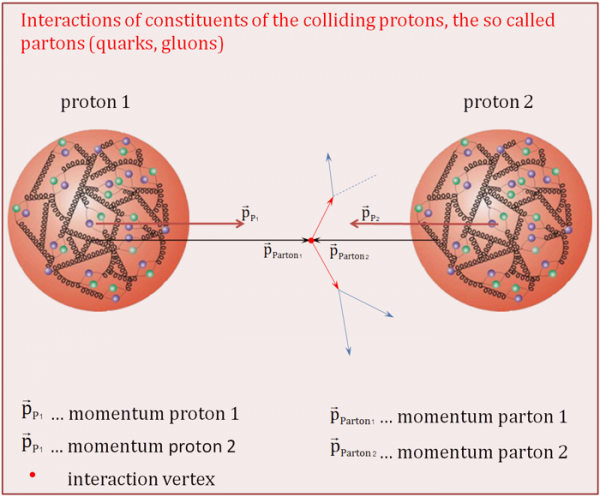
It means that you create something that itself is a very high-energy phenomenon. A super-heavy particle, for example, like a top quark, a W+ or a Z0 boson, or possibly the holy grail of theoretical physics, the Higgs. (Or, who knows, perhaps something altogether new, outside of the standard model!)
Well, if you've been paying attention, the web has been abuzz with rumors that ATLAS, one of the two detectors at the LHC, has found the Higgs. I first heard about it at Peter Woit's blog, but it's also been reported by Steinn, Sarah and others. In fact, it's gotten to be big enough that ATLAS' spokeswoman, Fabiola Gianotti, has tried to squash the rumor.
What's the hubbub all about? An internal memo, ATLAS-COM-PHYS-2011-415, which is here, behind a firewall. So you're out of luck, unless your enemy has a' studied his agrippa. Which I have.
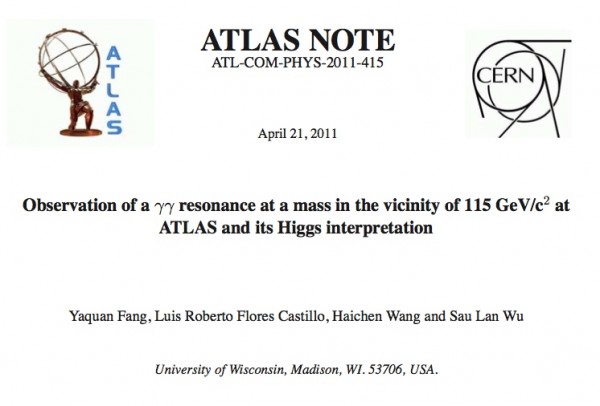
Now, ethically, I'm not supposed to post any of this here. I'm not part of the ATLAS collaboration, I'm not supposed to even have this document, and there are good reasons for all of this.
- There are billions of dollars going into this venture,
- there are thousands of people devoting their lives to it,
- they did the work and they deserve the credit,
- this is an internal memo, not something that's supposed to be released,
- and it hasn't been reviewed and checked by the entire collaboration; only four members (out of about 2,000) have produced this result.
In other words, this information shouldn't have gotten out; it's still being checked, verified, and analyzed.
So let's go over something I can tell you: the science of what should be going on when you collide two protons together at very high energies.
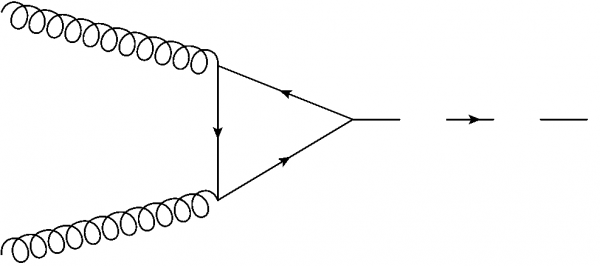
Although you normally think of a proton as being made up of three quarks, it's actually the gluons inside that are the most likely to create a Higgs at these energies.
So you can make a Higgs! But the Higgs is unstable, unfortunately for you. And that means it's going to decay, like all unstable things. But the question is how will it decay? Well, there are all sorts of different paths it can take, but one of the easiest to detect is the same way that a well-known particle, the neutral pion, decays.
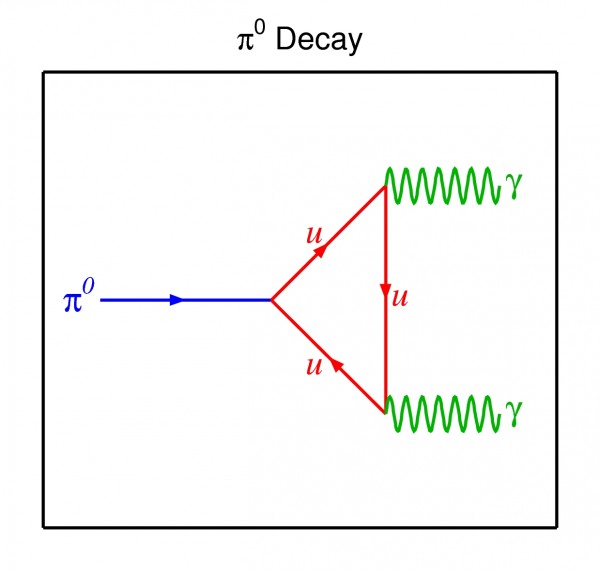
Quite simply, into two photons of identical energies. Now, since the Higgs is moving relative to the detector, special relativity tells us that the two photons will be boosted, and hence of unequal energies. But using what we know about energy and momentum, we can account for that.
We can reconstruct the energy for each two-photon event, and wherever we see a resonance, or a large peak, that indicated the location of a bound state, which usually corresponds to a new particle.
For example, the above signal is an example of a Z0-boson! So if we go to even higher energies, as the LHC does, perhaps we'll find new bound states, and new particles?
In fact, something very similar was announced by Fermilab's CDF team just a few weeks ago.
Unfortunately, despite rampant speculation, the results from the CDF team appear spurious, as reports from D0 (the other collider-detector at Fermilab) and from the LHC say that they don't see this signal, leading us to believe that it isn't real.
But this signal coming from the ATLAS detector is different. (I have written to the authors of the ATLAS internal memo, asking for permission to use their images. Until then, it's text-only for all of us. Sorry!)
They combine data from the 2010 run and the 2011 run, looking at the combined energy of the two-photon signal in these events of interest. They restrict themselves to cases where there are large differences in angles between the two photons, as a good physicist should. Why's this?
- If you allow an unstable particle at rest to decay into two photons, they should have equal energy and go off at 180 degrees from one another: in opposite directions.
- If you allow this unstable particle to move, the angle will be less than 180 degrees. (And the energies will be slightly different.)
- The faster the particle moves, the smaller the angle gets and the more different the two energies can be.
- However, the more massive your particle is, the larger your angle-of-interest is, and the smaller your energy difference is. So...
- By requiring the angle to be above a certain amount, you are removing data from other, low-mass decaying particles, without removing any of your possible Higgs signal.
Okay, great. So what do they see? First off, they see the Z0 boson, exactly where they should: peaked at a mass of about 91 GeV/c2, well above the background noise. But they also see a second peak, one that's quite statistically significant, at 115 GeV/c2.
Now, here's where it gets interesting. The peak is smaller than the Z0, as expected, but is much larger than the one we expect from the standard model Higgs. Thirty times larger, in fact. It's very significant; in terms of standard deviations, depending on how they make their cuts on the angle, it is between 3.8 sigma and 4.6 sigma. (To my eye, although I can't share, both graphs look quite convincing, much moreso than the one from CDF did a few weeks ago.) The important thing to learn about that is that regardless of how you make your cuts, the signal remains strong, which is fairly compelling.
Of course, the key will be getting more data, and then confirming this signal with CMS and (possibly) Fermilab data, and making sure it all stands up to further scrutiny. You're going to hear -- I'm sure -- a lot of speculation from alarmists. So what are the most realistic possibilities for this?
1.) It is the Higgs! But if it is the Higgs, it means that there is something else going on. Each particle that exists in the standard model couples to the Higgs, and increases the probability for both making the Higgs and for a made Higgs to decay into two photons. Because the signal looks so large, there has to be something coupling to the Higgs much more strongly than simple standard model particles.
2.) It's a new particle, but not the Higgs! This is also interesting. There are all sorts of fun candidates if this is the case, ranging from a new neutral scalar or pseudoscalar particle (although this mass would be a surprise) to a first indication of supersymmetry (in which case, I'll eat my words). But there's always the possibility that when you take a closer look inside the proverbial "box," you'll find...

3.) Nothing! Absolutely nothing! And until something legitimate is released, this should be your default option. There is too much hype and misinformation out there to go around revising your fundamental picture of the Universe without extraordinary evidence, and this is not that evidence, at least, not yet.
So it's fair to get excited about the rumors, and if I ever get permission from the ATLAS team I'll publish the images from their memo, but they have a long way to go before it's something to be believed.
Update (6:30 PM, PST): I have heard back from the ATLAS spokesperson. Looks like you won't get to see those pictures from me yet.
Dear Dr Siegel,
thanks so much for contacting us and asking.
The internal communication report you allude to is
indeed *internal*, and as such it should not have been
propagated outside the ATLAS Collaboration.
It so happened because someone has breached the confidentiality
of internal, not-yet-approved ATLAS work. So we would like
to ask you not to post the figures of this internal report.Please note that the motivation is not secrecy or protection
of information. On the contrary, our request is dictated
by the most elementary rule of serious scientific work, namely:
do not release results that are not scrutinized and cross-checked in
detail. Unfortunately, those results leaked out before we could
vet them.Thanks so much for your understanding.
Kind regards
Fabiola Gianotti
ATLAS Collaboration Spokesperson


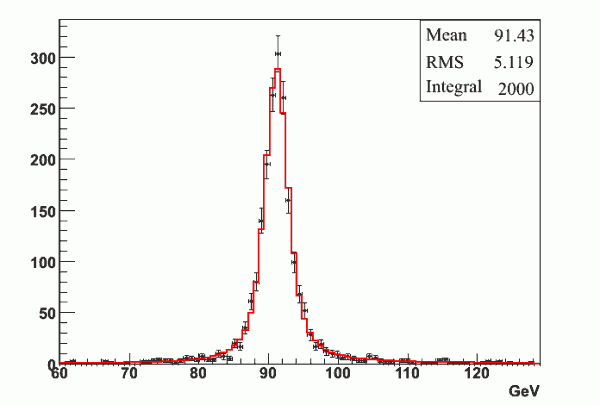
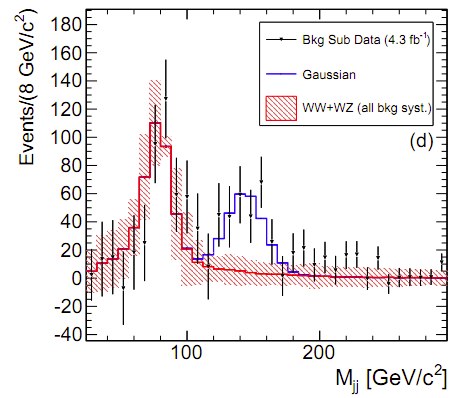
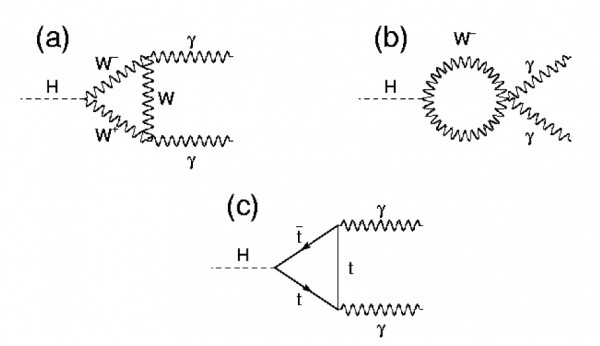
So Stupid!
Ah! It's exciting =D even if it is nothing.
How does the fact that we are even talking about particles this tiny not make the hair on the back of your neck stand up?
I was in CERN last week =D *buzzes with excitement*
This entire post was worth the Higgs-blueballs for that UHF reference.
Oh man... Princess Bride, UHF and Higgs all in one post. That made my day!
The discovery of gravityâs exact mechanism along with that of dark matter has already taken place, way back in autumn 2010. I know from my theoretical understanding that it is impossible to find any traces of Higgs boson as a quantum particle in the Hadron collider, neither can it show the existence of dark matter. The details of my discovery of how gravitation exactly works, http://www.anadish.com/ , and how it is produced in the framework of quantum mechanics are lying in wraps with the USPTO and I can only make it entirely public after there is clarity on how the USPTO is going to settle the issue of secrecy on my application. I consciously did not report to any peer-reviewed journal, fearing discrimination, because of my non-institutional status as a researcher. However, if the USPTO also continues with their non-committal secrecy review under LARS Level 2 (find the PDF of Private PAIR of the USPTO on my site), then, anyway, my discovery may not get published for a long time to come, in spite of me having filed the US patent application (US 13/045,558) on March 11, 2011, after filing a mandatory Indian patent application on January 11, 2011. Till, I find a clue to come out of the maze of government regulations, unless, of course, the USPTO decides to put it out of secrecy.
The economy crumbling during a war with Syria, Iran and Iraq is unbelievable. I would expect that we would truly mobilize in such a case and reinstate the draft. At this point, we'd go on a war economy building weaponry. Since we can't really buy our weapons outside the US, our economy would boom.
Holy crap!
That is a first-class nutter.
@Ema: Which one? And which is merely second-class?
Ethan, thank you so much for holding up your integrity and *not* posting those pictures. Although I'm also incredibly curious, I'm glad you're sticking for the scientific process and waiting for things to be tested, and asking for permission to use material such as this. We need more people like you.
Thank you for the amazing posts. And, if anything *does* come of this, you MUST let us know ASAP... with pictures, of course :p
Kudo's to you Ethan for not displaying what I'm salivating for.
even the title page is not supposed to post.
I hope receiving confirmed good news.
I am wondering why this leaking gets more and more common in our world. Rumors are really disgusting, one can not forget it can not relay on.
Ben bilinçli araÅtırmacı olarak durumu benim kurumsal olmayan çünkü, ayrımcılık korkarak dergi, herhangi bir hakemli rapor vermedi. Ancak, 2 eÄer USPTO Seviye LARS olmayan sevkini gizlilik inceleme altında ayrıca devam ediyor (sitede benim USPTO ve ÃÄ°FT Er PDF bulabilirsiniz), daha sonra, zaten benim keÅif, gel zaman uzun yayınlanan bir alamayabilirsiniz Bana raÄmen 2011, sonra dosyalama zorunlu Hint patent baÅvurusu üzerine 11 Ocak, 11 Mart 2011 tarihinde) 558 baÅvuru (ABD 13/045, patent sahip yayımlandı ABD. Kadar, ben gizlilik dıÅına koymak için karar USPTO, tabii ki, sürece yönetmeliklerine hükümeti bulmak bir labirent ile gelip dıÅarı ipucu.
The luminosity of 4.67 Ã 1032cm-2s-1 of record beam intensity had just increased to the point that proton buckets may be interacting with each other and compensation for this may be lagging...just a guess.
The nutter is the nutter. The spam following is merely that, spam.
Fascinating stuff (and par for the course at Ethan's blog).
hello friends
It is a first-class nutter.
There is one thing that i support :
Thet did the word, they deserve the credit.
Its just like that!
They spend money and time on that, and now they might be having the credits...
You have no idea how happy I am that you referenced UHF.... :D
That being said, AWESOME blog post!
Bunches/buckets
https://atlas.web.cern.ch/Atlas/GROUPS/PHYSICS/CONFNOTES/ATLAS-CONF-201…